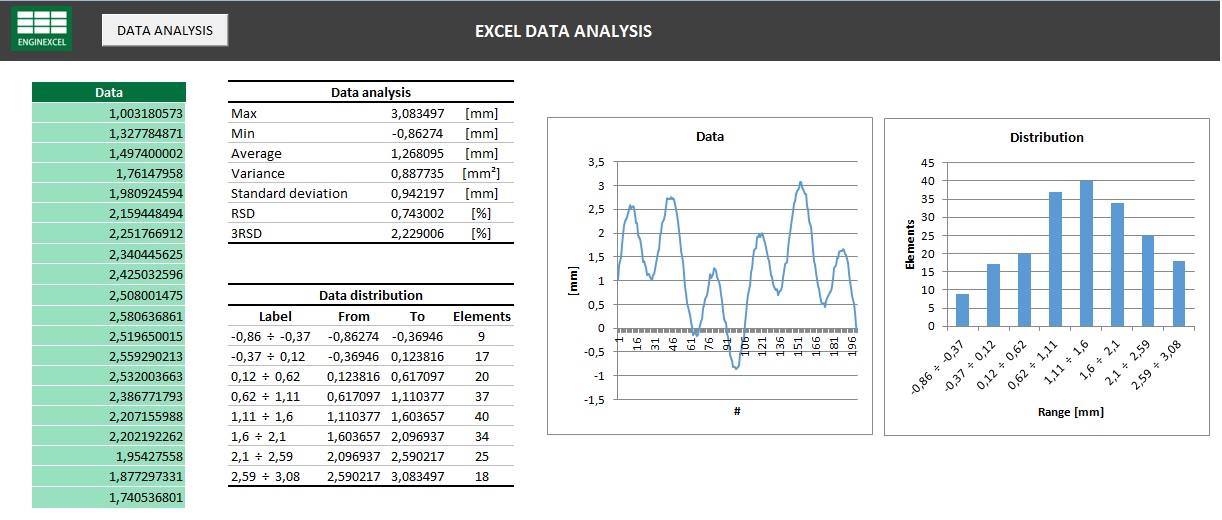
May give incorrect answers with apprehensions of being evaluated as.
 May always disagree by being defensive due to fear of going. Agree always with the statement due to the institution mind. Follow Central tendency bias and skip extreme values due to fear of being branded as extremist and also being apprehensive that next question will have more. This Likert scaling has few distortions that might produce bias results. In some cases even values scale is used without neutral value and it is called as forced choice method. Likert scaling mostly is bi-polar and it has negative, positive and neutral values. The possible responses under various categories are listed below Category The objective of the question may be to elicit responses under various categories. How does it work?Įach Likert item is a simple statement and the participant has to evaluate the statement and fill up response against the subjective or objective options which expresses his level of agreement of disagreement for the Likert item. Likert scale is used extensively in Business, Social Sciences, Statistics, Psychology and Marketing applications. The analogous range will lose its meaning when the responses are consolidated across questions. The responses are paired to each line item and they are discrete and non-numeric. Each Likert item will have its own set of responses designed exclusively for the item and the ranges in the responses be it positive side or negative side will be equal distanced (Balanced) and highly correlated. It will have equal no of positive and negative responses (Symmetrical). The response set will have 5 or 7 components.
May always disagree by being defensive due to fear of going. Agree always with the statement due to the institution mind. Follow Central tendency bias and skip extreme values due to fear of being branded as extremist and also being apprehensive that next question will have more. This Likert scaling has few distortions that might produce bias results. In some cases even values scale is used without neutral value and it is called as forced choice method. Likert scaling mostly is bi-polar and it has negative, positive and neutral values. The possible responses under various categories are listed below Category The objective of the question may be to elicit responses under various categories. How does it work?Įach Likert item is a simple statement and the participant has to evaluate the statement and fill up response against the subjective or objective options which expresses his level of agreement of disagreement for the Likert item. Likert scale is used extensively in Business, Social Sciences, Statistics, Psychology and Marketing applications. The analogous range will lose its meaning when the responses are consolidated across questions. The responses are paired to each line item and they are discrete and non-numeric. Each Likert item will have its own set of responses designed exclusively for the item and the ranges in the responses be it positive side or negative side will be equal distanced (Balanced) and highly correlated. It will have equal no of positive and negative responses (Symmetrical). The response set will have 5 or 7 components. 
The list of responses will mostly be a range with symmetric between negative and positive extremes and many intermittent values in both positive and negative sides including a neutral value.Participants in the survey, while responding to a Likert item or question indicate their level of satisfaction or dissatisfaction / Approval or disapproval/agreement or disagreement on a range of responses. The survey process involves the design of line items or individual questions, the list of responses options for each line item and the participant will have to select one of the responses.Another dimension in this scale is the design or the format which is used to capture the response. This scale helps to investigate the underlying phenomenon of the surveyor test using the responses obtained and bring out the results. This scale was invented by psychologist Rensis Likert hence it was named after him. It is also known as rating scale by default though other rating scales are there. This scale is widely used in measuring the responses to the questionnaire in a research survey or aptitude test.






 0 kommentar(er)
0 kommentar(er)
